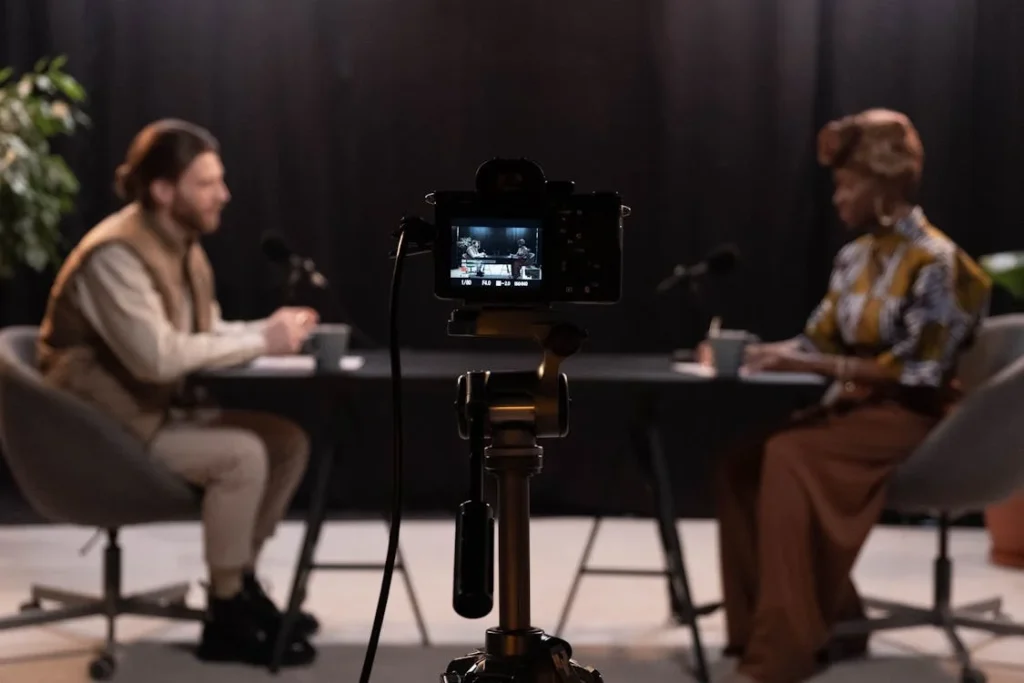Prosthetics have fascinated people for centuries. Long before modern technology made advanced bionic limbs a reality, stories of artificial limbs appeared in myths, legends, and historical records. Whether in ancient tales of warriors with metal arms or futuristic visions of robotic hands, prosthetics have always been a symbol of resilience, adaptation, and human ingenuity.
Popular culture has played a huge role in shaping how we see prosthetics. From literature and folklore to blockbuster movies, prosthetic limbs have been depicted in many ways—sometimes as tools of empowerment, sometimes as symbols of struggle, and sometimes as futuristic enhancements. These portrayals influence how society views people with limb differences, shaping attitudes, expectations, and even advancements in real-world prosthetic technology.
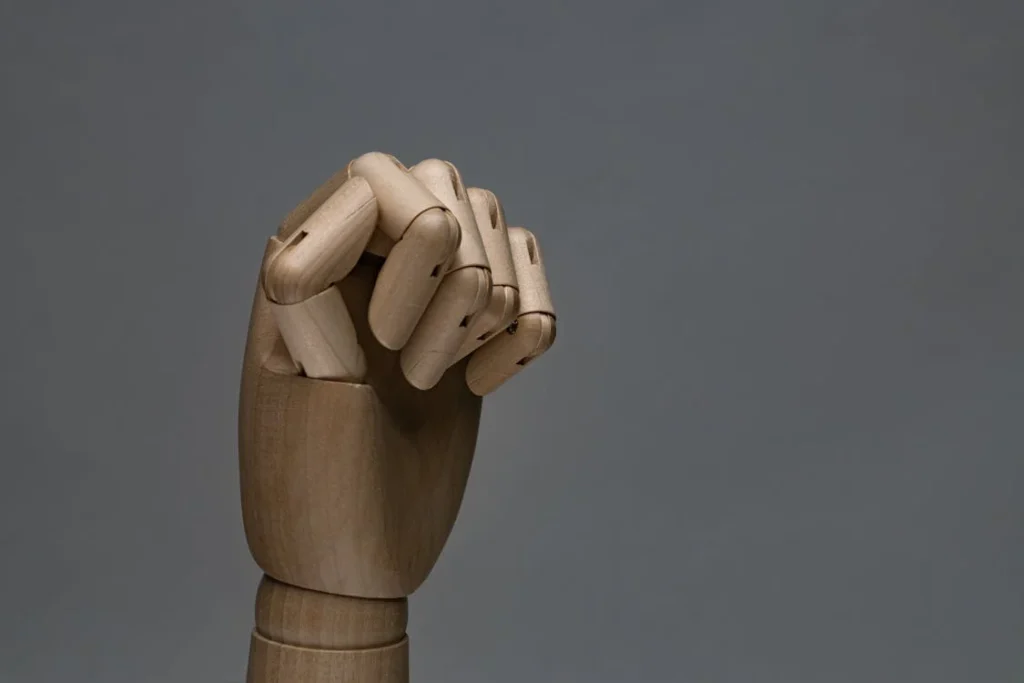
Ancient Myths and Early Legends of Prosthetics
Prosthetics have been a part of human history for thousands of years, not just in medicine but also in mythology and folklore. Ancient cultures often told stories of warriors and deities with artificial limbs, portraying them as powerful and resilient.
These myths helped shape the early perception of prosthetics, associating them with strength rather than limitation.
The Warrior’s Replacement Limb
One of the earliest and most famous examples of a prosthetic in mythology is the story of Nuada, the first king of the Tuatha Dé Danann in Irish mythology.
According to legend, Nuada lost his hand in battle and was forced to step down as king, as only a physically perfect ruler could lead.
However, a skilled metalworker crafted him a silver hand, allowing him to regain his throne. Eventually, the silver hand was replaced by a more advanced, fully functional prosthetic made of living flesh.
This story is significant because it reflects the ancient belief that a missing limb could be restored, even if only through supernatural means. It also highlights how prosthetics were seen not as mere replacements, but as powerful enhancements that could restore status and dignity.
Ancient Egypt and the First Known Prosthetic
Beyond mythology, some of the earliest real-world prosthetics date back to ancient Egypt. Archaeologists have discovered a 3,000-year-old wooden and leather toe belonging to an Egyptian noblewoman.
This prosthetic was not just cosmetic; it was designed for walking, proving that even in ancient times, people sought functional replacements for lost limbs.
Ancient texts also reference warriors using artificial limbs to continue fighting after injuries. These early depictions reinforced the idea that losing a limb was not the end of one’s abilities.
Instead, prosthetics allowed individuals to adapt and continue their lives, a theme that continues in modern storytelling.
The Roman Era and Wooden Limbs
The Roman Empire also had accounts of prosthetic use, particularly among soldiers. One well-documented case is that of Marcus Sergius, a general who lost his right hand in battle.
Instead of retiring, he had an iron hand made so he could continue holding his shield and fighting in future battles. His story, much like Nuada’s, reinforced the idea that prosthetics were not signs of weakness but of perseverance and innovation.
These early examples of prosthetics in myths and history set the stage for how artificial limbs would be portrayed in later centuries. They were seen as tools that restored power, rather than symbols of defeat.
This perception continued into literature and, eventually, into modern film and television.
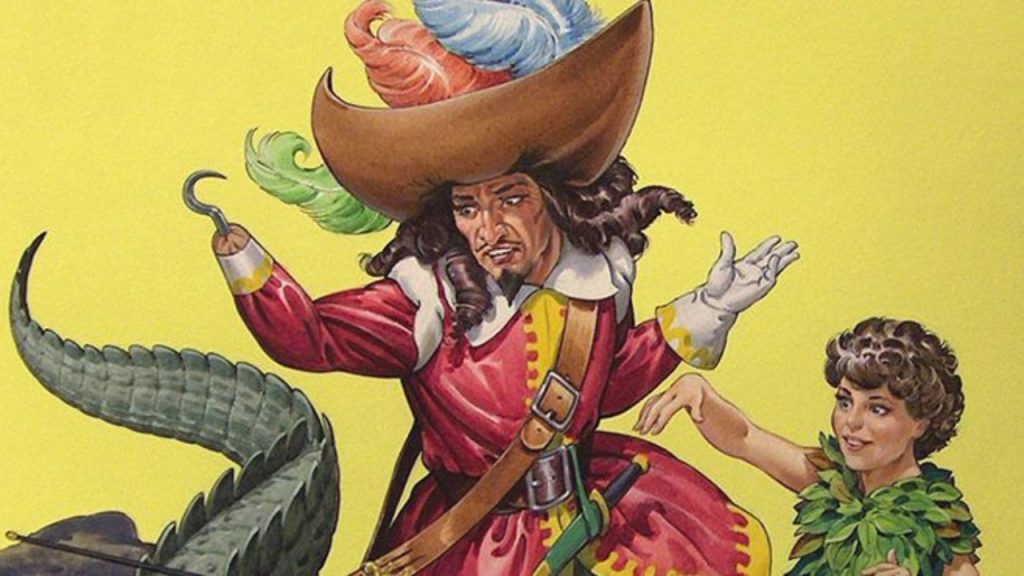
Prosthetics in Classic Literature and Folktales
As storytelling evolved, so did the role of prosthetics in literature. From medieval epics to pirate legends, artificial limbs became powerful symbols of survival, adaptation, and sometimes even menace.
Unlike the divine or heroic prosthetics of ancient myths, literature often gave prosthetic limbs to hardened warriors, vengeful figures, or mysterious outcasts.
The Iconic Hook-Handed Pirate
One of the most famous prosthetic-wearing characters in literature is Captain Hook from Peter Pan by J.M. Barrie. His signature hook, replacing the hand that Peter Pan cut off, became a defining part of his identity.
Unlike earlier depictions of prosthetics as tools of resilience, Hook’s artificial limb was associated with danger and revenge.
This portrayal cemented the idea of the hook-handed pirate in popular culture. Many later films and books continued to depict pirates with missing limbs, often wearing hooks, wooden legs, or mechanical arms.
While entertaining, these depictions also reinforced stereotypes that people with limb differences were either villains or dangerous figures.
Prosthetics as a Symbol of Obsession in Moby-Dick
Another classic literary character with a prosthetic limb is Captain Ahab from Moby-Dick. His ivory leg, carved from the bone of a whale, is a powerful symbol of his relentless obsession with hunting the great white whale that took his original limb.
Unlike earlier portrayals of prosthetics as purely functional, Ahab’s artificial leg represents his personal struggle and descent into madness.
This use of prosthetics in literature added depth to characters but also influenced the way people perceived disability. Instead of being seen solely as a means of restoration, prosthetic limbs were often used as metaphors for deeper emotional wounds.
This theme persisted into modern storytelling, particularly in film.
The Wooden-Legged Outlaw
Many folktales and Western stories featured outlaws and ex-soldiers with wooden legs, reinforcing the image of the battle-scarred survivor.
These characters were often depicted as tough, resourceful individuals who had adapted to their injuries. However, they were also sometimes shown as outsiders, emphasizing their difference from the rest of society.
While these stories recognized that prosthetics allowed people to continue their lives, they also contributed to an enduring stereotype: that those with artificial limbs were either tragic figures or hardened fighters.
This theme carried into early cinema, where wooden legs and hook hands became visual shorthand for mystery, danger, or loss.
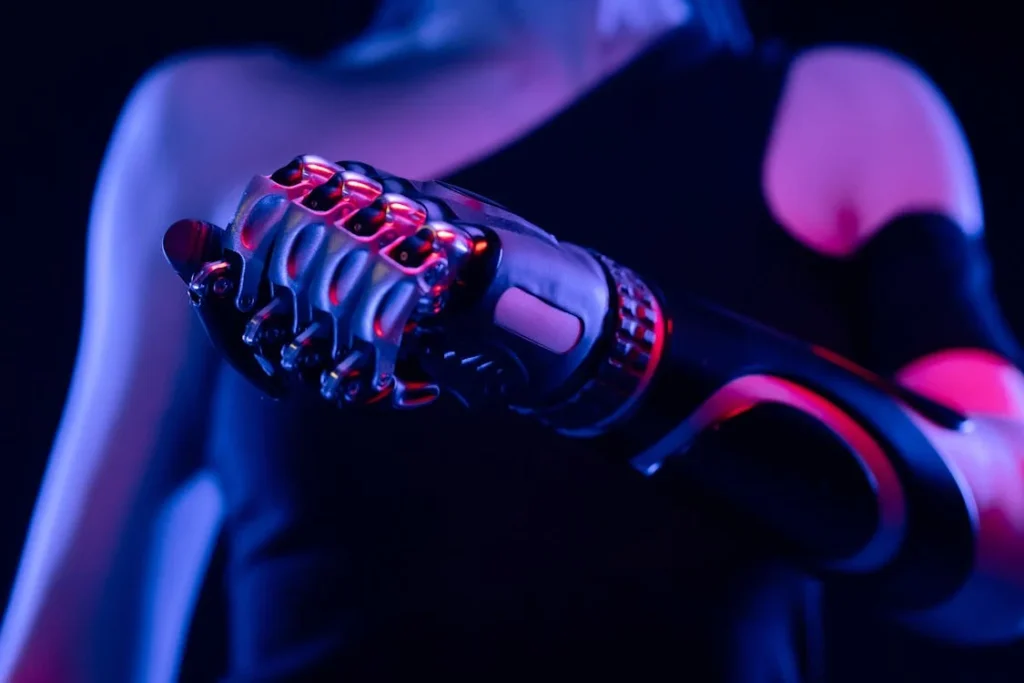
Prosthetics in Early Cinema: The Birth of Stereotypes
When cinema emerged in the early 20th century, it became one of the most powerful storytelling tools of all time. The way prosthetics were portrayed on screen played a major role in shaping public perceptions.
Unlike literature, where descriptions left some room for imagination, films provided a visual and emotional experience, making certain tropes more deeply ingrained.
The Wooden-Legged Villain and the Sinister Hook
Early Hollywood often used prosthetic limbs as a way to make characters more memorable. Filmmakers realized that a missing limb, particularly one replaced with something unusual like a hook or a peg leg, could instantly create intrigue.
Unfortunately, this led to the widespread stereotype of the “evil amputee”—a trope that continues in some form even today.
Characters with prosthetics in early cinema were often cast as villains or menacing figures. The sight of a hook hand or a wooden leg became a quick way to signal danger or ruthlessness.
Pirates, outlaws, and war veterans were frequently depicted with artificial limbs, but rather than showing them as resilient individuals, filmmakers often used their prosthetics to make them appear more intimidating or mysterious.
One of the earliest and most influential examples of this was in Treasure Island, based on Robert Louis Stevenson’s novel.
The character of Long John Silver, with his peg leg and crutch, became the definitive image of a pirate. While Silver was portrayed as clever and charismatic, his disability was often linked to his cunning nature.
This association between prosthetics and untrustworthy characters reinforced a long-standing stereotype that would persist in Hollywood for decades.
The Tragic Figure: Prosthetics as a Symbol of Loss
While some films used prosthetics to create intimidating characters, others used them to evoke sympathy. Many early war films featured wounded soldiers who had lost limbs in battle, presenting them as tragic figures who struggled to reintegrate into society.
These portrayals highlighted the hardships of living with a disability, but they often lacked depth, reducing characters to symbols of loss rather than fully developed individuals.
One of the most notable early films to explore this theme was The Best Years of Our Lives (1946), which followed three World War II veterans returning home.
One of them, Homer Parrish, played by real-life amputee Harold Russell, had lost both hands and used prosthetic hooks. Unlike many films of its time, The Best Years of Our Lives gave a more nuanced portrayal of disability, showing Homer’s struggles but also his resilience.
The film was groundbreaking in that it cast an actor with a disability in a major role, a rare move in an era when most disabled characters were played by non-disabled actors.
Despite this positive example, many films of the time still focused heavily on disability as a tragic circumstance rather than an everyday reality.
The idea that a person with a prosthetic limb could live a full and normal life was rarely explored. Instead, they were often shown as either struggling with despair or overcoming great odds in an overly dramatic fashion.
The Shift Toward Heroic Prosthetic Users
By the mid-20th century, some films began to change the narrative, introducing heroic characters who used prosthetics not as a burden, but as a tool for empowerment.
In adventure and science fiction films, prosthetic limbs were sometimes portrayed as enhancements, giving characters new abilities beyond those of an ordinary person. This shift laid the foundation for the futuristic and cybernetic prosthetics seen in modern films.
One early example of this shift was The Empire Strikes Back (1980), where Luke Skywalker loses his hand and receives a fully functional robotic replacement.
Unlike earlier films that emphasized loss, this portrayal suggested that prosthetics could restore normal function and even make someone stronger.
This was a key moment in cinema, influencing later portrayals of bionic limbs and shaping how audiences viewed prosthetic technology.
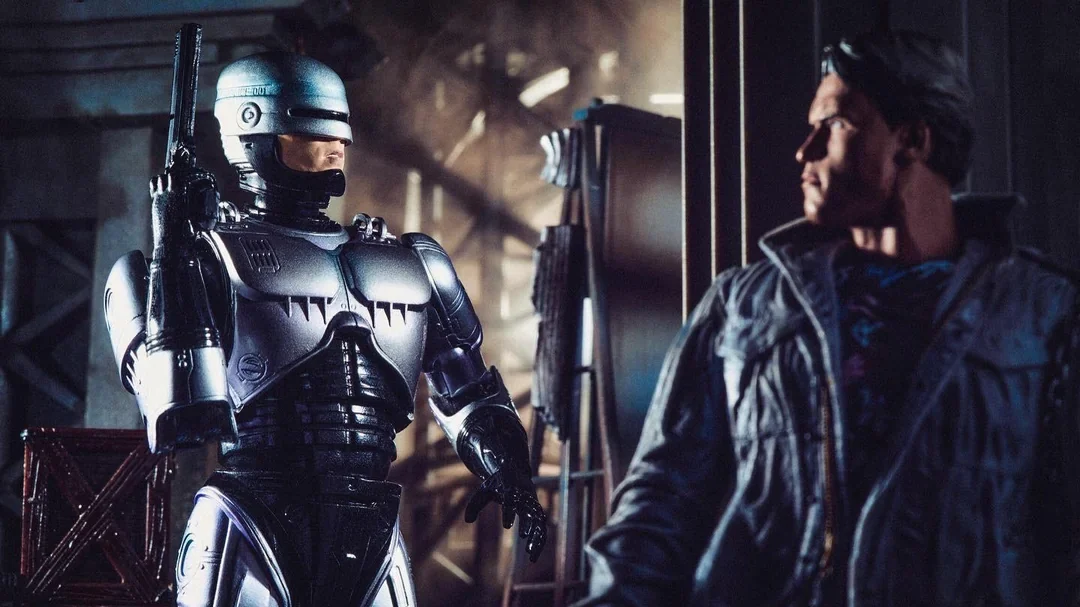
The Rise of Bionic Heroes in Modern Cinema
As technology advanced and public perceptions of disability evolved, Hollywood began moving away from the traditional stereotypes of prosthetic users as either tragic figures or villains.
Instead, filmmakers started imagining a future where artificial limbs were not just replacements but enhancements—tools that could give characters extraordinary abilities.
This shift helped reshape how audiences viewed prosthetics, bringing them closer to the world of innovation and empowerment rather than limitation.
Cybernetic Limbs and Superhuman Abilities
One of the most significant changes in the portrayal of prosthetics came with the rise of science fiction and superhero films. These genres introduced the idea that prosthetic limbs could be integrated with technology to enhance human strength, speed, and precision.
Rather than being a sign of loss, prosthetics in these stories became symbols of advancement, sometimes even making characters more powerful than they were before.
A perfect example of this transformation is seen in the Star Wars saga. After losing his hand in The Empire Strikes Back, Luke Skywalker receives a highly advanced robotic hand that functions just like a natural one.
This moment was groundbreaking because it shifted the focus from disability to possibility. The prosthetic was not a source of weakness; it was an extension of his abilities.
This portrayal helped normalize the idea that prosthetic users could live fully functional lives, influencing how real-world technology and bionics were perceived.
Another major influence came from The Six Million Dollar Man, a 1970s TV show featuring Steve Austin, a former astronaut who is rebuilt with bionic limbs after an accident.
His cybernetic arms and legs give him superhuman strength, turning him into a government agent capable of extraordinary feats. The show popularized the concept of bionic enhancements and helped fuel public interest in prosthetic advancements.
The Dark Side of Bionics: The Villainous Cyborg Trope
While many modern films have embraced the idea of prosthetics as empowering, some still cling to the older trope of cybernetic limbs being associated with villains.
In many science fiction and action films, characters with artificial limbs are portrayed as dangerous, cold, or emotionally detached.
This “villainous cyborg” trope suggests that losing a limb makes a person less human, an idea that can still influence public perceptions of prosthetic users.
A famous example of this trope is Darth Vader. Once a heroic Jedi, he loses multiple limbs in battle and is reconstructed with a life-supporting suit and cybernetic enhancements.
His transformation into a mechanized figure is used as a visual symbol of his descent into darkness. Similarly, in RoboCop, Alex Murphy is critically injured and transformed into a robotic police officer, but he struggles to retain his human identity.
These portrayals, while fascinating, reinforce the idea that extensive prosthetic use creates a disconnect from humanity.
Despite this, the growing presence of heroic figures with prosthetic limbs has helped counteract these negative portrayals. In Mad Max: Fury Road, Furiosa is a fearless warrior with a mechanical arm, showing strength, leadership, and independence.
Her prosthetic is treated as just another part of her body, not a weakness or a defining characteristic. This marks an important shift in representation—where prosthetics are neither a symbol of tragedy nor a sign of evil, but simply a functional tool like any other body part.
How Film Influences Real-World Prosthetic Design
The impact of film on real-world prosthetic development cannot be overstated. The futuristic designs seen in science fiction have inspired engineers and researchers to push the boundaries of what is possible.
Bionic limbs, once considered the stuff of movies, are now becoming a reality. Advancements in 3D printing, AI-driven movement control, and sensory feedback technology have made modern prosthetics more intuitive and functional than ever before.
Companies developing bionic limbs often cite pop culture as an influence. The sleek, advanced design of Luke Skywalker’s hand has inspired real-life prosthetic developers, while the exoskeletons seen in movies like Elysium have led to research into assistive wearable robotics for people with mobility impairments.
Fictional concepts once seen as impossible are now being actively pursued by scientists, showing just how much storytelling can drive innovation.
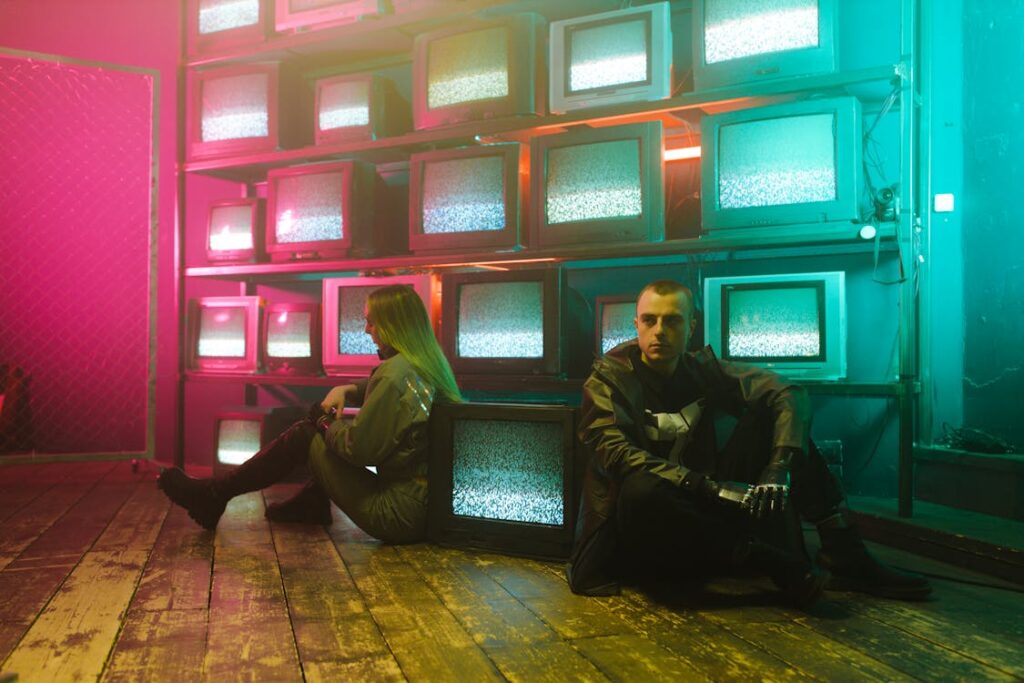
The Impact of Pop Culture on Disability Perception
As prosthetics in film and television have evolved from symbols of loss to tools of empowerment, public perceptions of disability have also changed.
However, the way pop culture presents prosthetic users still plays a major role in shaping real-world attitudes. The stories we see on screen can either reinforce harmful stereotypes or help normalize disability and inclusion.
Breaking Stereotypes and Normalizing Disability
One of the biggest challenges in disability representation has been the tendency to define characters solely by their prosthetic limbs.
For many years, a character with a prosthetic was often portrayed as either a tragic figure overcoming adversity or a dangerous villain whose artificial limb was a sign of menace.
While these portrayals made for compelling stories, they did little to show the everyday realities of people with limb differences.
In recent years, however, a growing number of films and TV shows have begun to present prosthetic users in more realistic and empowering ways.
Instead of focusing solely on their prosthetics, these characters are given full personalities, ambitions, and relationships. This shift is crucial in helping society move away from outdated stereotypes and recognize that people with prosthetics lead normal, fulfilling lives.
A strong example of this is the How to Train Your Dragon series, where the main character, Hiccup, loses a leg and adapts to a prosthetic without it becoming the defining feature of his character.
He remains a leader, inventor, and warrior, showing young audiences that a prosthetic does not limit a person’s potential.
Similarly, in Black Panther, the character of Shuri develops a high-tech prosthetic arm for a warrior named Bucky Barnes, treating it as just another piece of advanced technology rather than something that makes him incomplete.
Inspiring Real People with Fictional Heroes
For many people with limb differences, seeing characters with prosthetic limbs on screen can be life-changing. Representation matters, especially for children growing up with disabilities.
When they see heroes who look like them, it can boost confidence and help them feel included in society.
This is why some of the most impactful portrayals of prosthetic users are those that emphasize capability rather than limitation.
Characters like Furiosa in Mad Max: Fury Road, who uses her mechanical arm with complete confidence, or Tony Stark’s use of exoskeleton technology in Iron Man, show that technology can be a tool for empowerment rather than a symbol of weakness.
Off-screen, actors with limb differences are also gaining visibility. RJ Mitte, who has cerebral palsy, was cast in Breaking Bad as Walter White’s son, helping normalize disability representation on television.
Similarly, actors like Ali Stroker, who uses a wheelchair, are breaking barriers in the entertainment industry by taking on leading roles without their disability being the central focus of their character.
The Role of Media in Shaping Public Policy and Innovation
The way prosthetics are represented in media doesn’t just influence individual perceptions—it also impacts policies and technological advancements.
Positive portrayals of prosthetics have fueled interest in the field of bionics, leading to more funding for research and development. As a result, modern prosthetics are becoming more advanced, lightweight, and functional than ever before.
Additionally, media representation plays a role in shaping public attitudes toward disability rights. Films and television shows that emphasize accessibility, inclusion, and equal opportunities contribute to a more accepting society.
When audiences see prosthetic users thriving on screen, it challenges outdated beliefs and encourages better representation in workplaces, schools, and public spaces.

The Future of Prosthetic Representation in Pop Culture
As media continues to evolve, so does the way prosthetics are portrayed. The shift from tragic figures and villains to empowered, fully developed characters is a positive step, but there is still work to be done.
The future of prosthetic representation in pop culture lies in increasing authenticity, inclusion, and diversity in storytelling.
More Authentic Stories and Representation
One of the biggest challenges in past portrayals of prosthetic users has been the lack of real representation.
Many roles featuring characters with prosthetics have historically been played by non-disabled actors, often reducing disability to a dramatic plot device rather than an authentic experience.
This is slowly changing, with more disabled actors being cast in roles that reflect their real-life experiences.
Hollywood and other film industries around the world must continue to push for more inclusivity, hiring actors with limb differences and consulting individuals with disabilities when crafting characters and stories.
Authentic representation is not just about visibility—it’s about ensuring that the experiences of prosthetic users are told with depth, accuracy, and respect.
Beyond casting, filmmakers and writers should focus on creating well-rounded characters with prosthetics who exist in stories where their disability is not the central focus.
While overcoming adversity can be an important theme, not every narrative involving a prosthetic user needs to be about their disability. Instead, these characters should be allowed to exist in every genre—romance, comedy, drama, and action—just like any other character.
Diversity in Prosthetic Representation
While pop culture has made progress in showcasing prosthetics, much of the representation still focuses on a narrow perspective—primarily high-tech bionic limbs in futuristic settings or war veterans adjusting to limb loss.
The reality is that prosthetic users come from all backgrounds, and their experiences vary widely.
Future media should work toward diversifying the types of prosthetics shown on screen. There are millions of people worldwide who use traditional prosthetics, adaptive devices, or even artistic prosthetic designs.
Stories should reflect the full spectrum of experiences, from those using affordable, functional prosthetics in everyday life to those with cutting-edge bionic limbs.
Additionally, more representation is needed in cultures where disability is still stigmatized. Many films still portray disability through a Western lens, while millions of prosthetic users in developing countries lack access to advanced technology.
By telling global stories, pop culture can help spread awareness and advocate for better access to prosthetic care worldwide.
How Technology and Media Will Shape the Future of Prosthetics
The intersection of technology and media will play a major role in shaping the future of prosthetics.
As filmmakers continue to explore futuristic prosthetic designs in science fiction and superhero films, they will influence real-world advancements in bionic limbs, AI integration, and wearable technology.
Innovations such as brain-controlled prosthetics, sensory feedback technology, and 3D-printed limbs are already pushing the boundaries of what is possible.
Many of these advancements have been inspired by ideas first introduced in pop culture, proving that storytelling has the power to drive real technological progress.
As technology continues to evolve, prosthetics will become more natural, functional, and accessible. The media must keep up with these changes, moving beyond outdated tropes and embracing a future where prosthetic users are represented as equals, innovators, and leaders.
Conclusion
From ancient myths to modern blockbusters, prosthetics have always held a place in storytelling. Their depiction in pop culture has evolved over centuries, shaping public perceptions of disability and influencing real-world advancements in prosthetic technology. While early portrayals often relied on stereotypes—depicting prosthetic users as either tragic figures or villains—modern media has started embracing more empowering and authentic narratives.
The future of prosthetic representation lies in increased inclusivity, diverse storytelling, and real representation of limb difference in film and television. By hiring disabled actors, consulting real prosthetic users, and showcasing a broader range of experiences, pop culture can continue to break down barriers and challenge outdated stereotypes.
Prosthetics are not just about replacing lost limbs—they represent human resilience, adaptability, and innovation. As pop culture continues to evolve, it has the power to shape a world where prosthetic users are not seen as different, but simply as people living their lives, just like everyone else.



